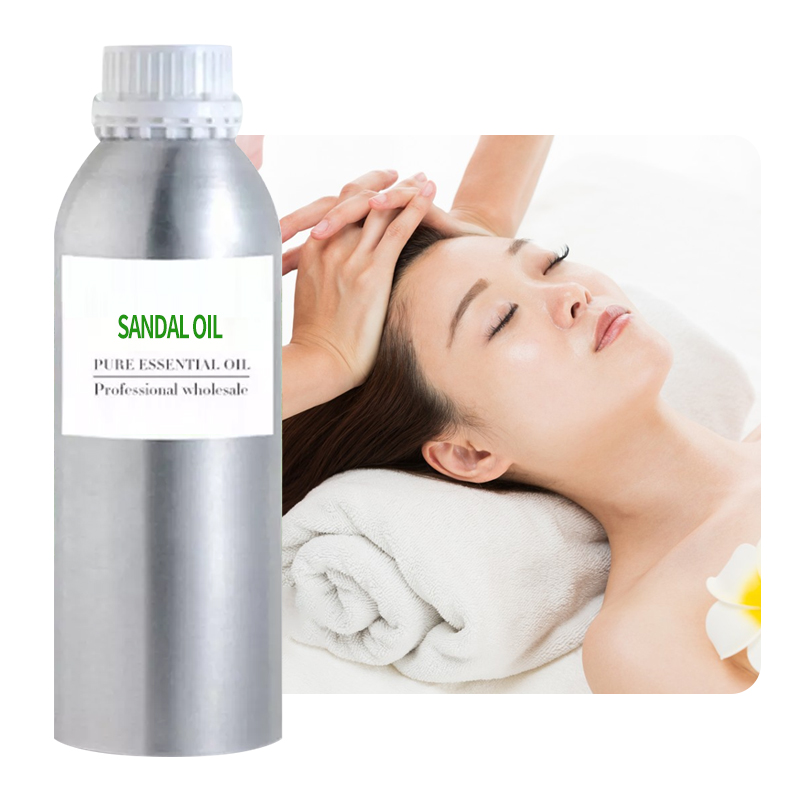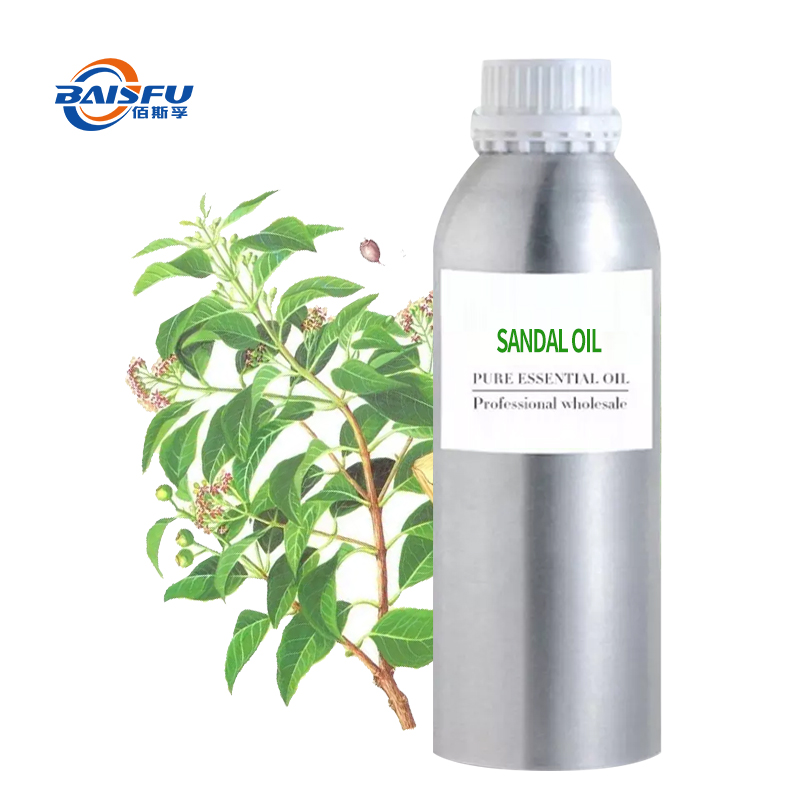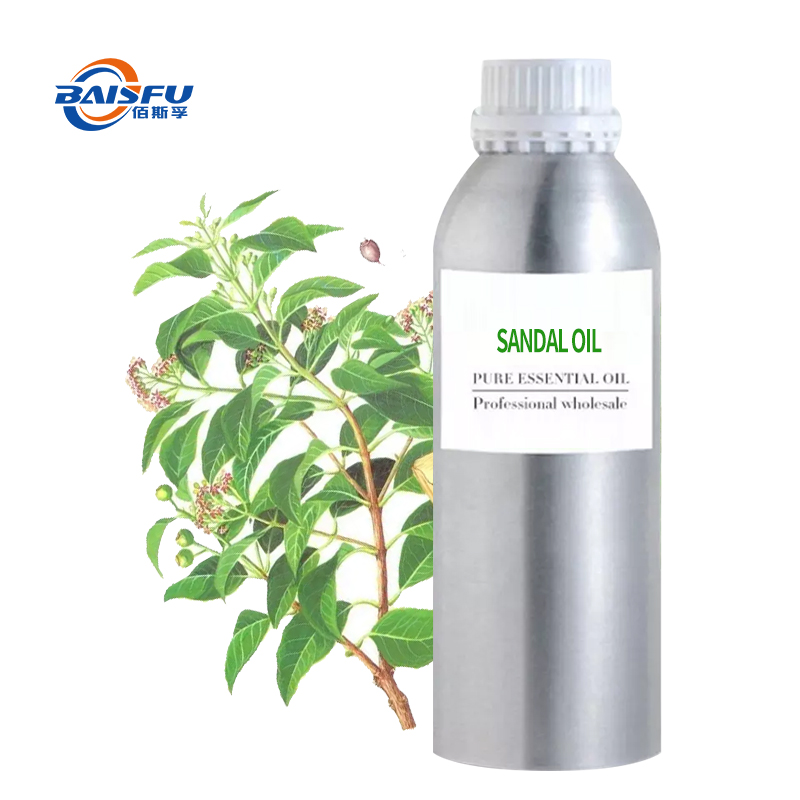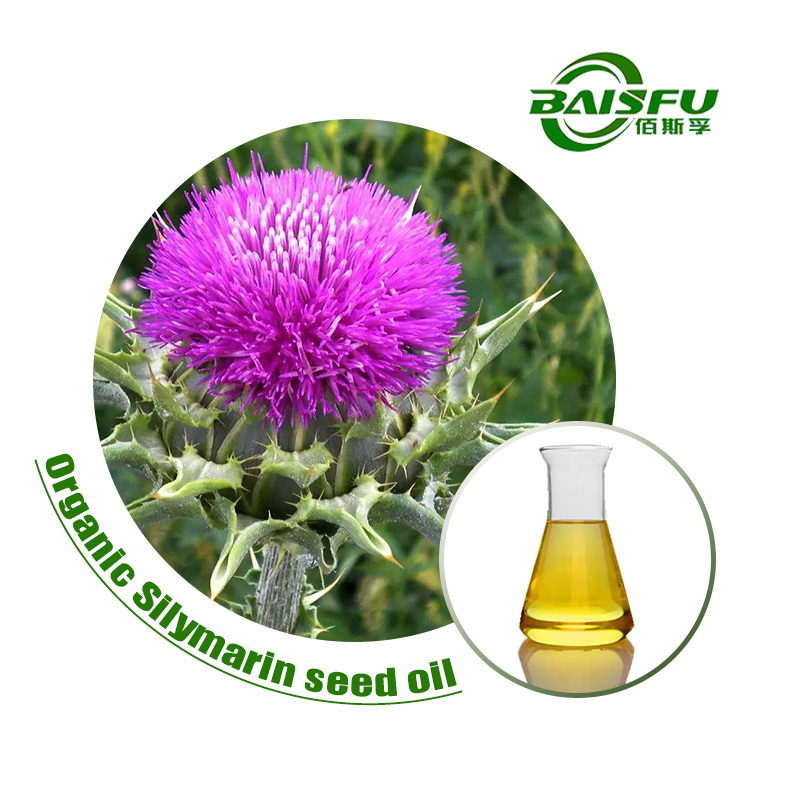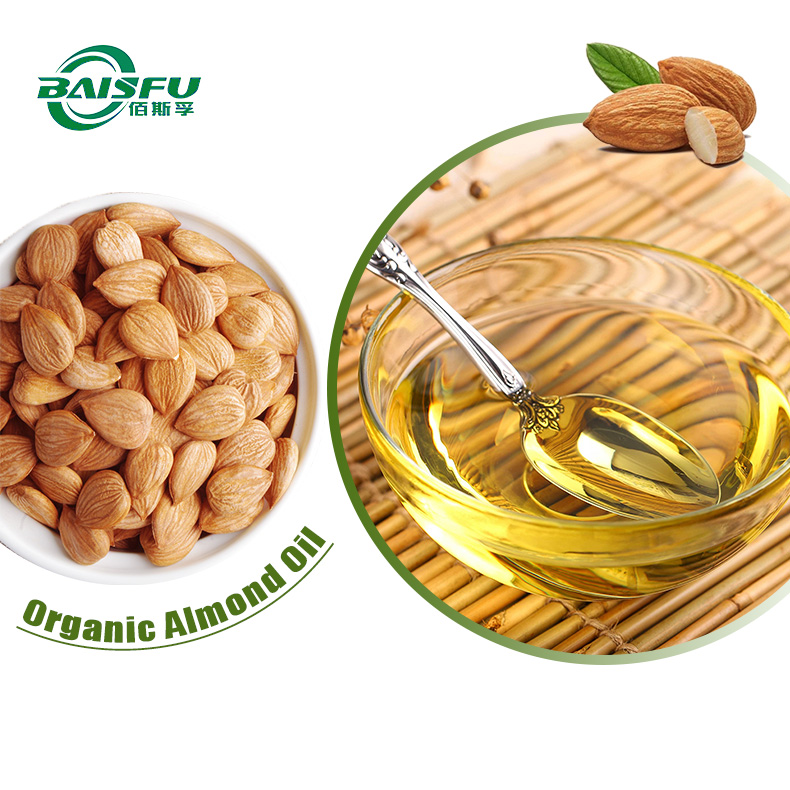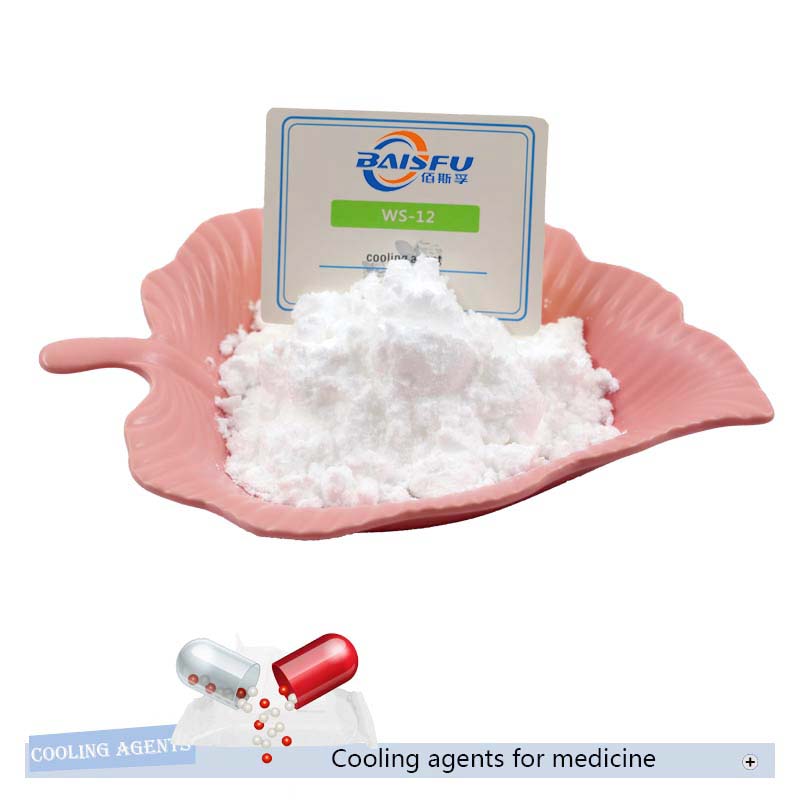Sandalwood oil: (CAS:8006-87-9)
Molecular formula: C30H48O2
Molecular weight: 440.70092
Density: 0.974g/mLat 25°C(lit.)
Boiling point: 276°C(lit.)
Flash point: > 230°F
Refractive index: n20/D 1.507(lit.)
Specific rotation: -16°--21°
Storage condition: 2-8°C
Stability: Soluble in ethanol, most non-volatile oils, propylene glycol and mineral oils, insoluble in water and glycerol.
Color: Colorless or light yellow viscous liquid.
Smell: It has a sweet and gentle aroma of sandalwood, which is an important spice with long-lasting physical and chemical properties
Preparation method: Dry the core wood, roots or branches of sandalwood tree, which is more than 30 years old, and cut them into 3cm pieces, and then extract the oil by steam distillation.
Product use: China's GB 2760-96 provisions for the permitted use of edible spices. Sandalwood oil is used as a fixing agent in many flavor types. Mainly used in the preparation of soap, cosmetics, perfume and other daily chemical flavor, is the Oriental flavor must use the base fragrance; It is also used in sandalwood, ambergris, plain heart orchid and fragrant myrtle. It has a good effect as an aromatherapy material. It is also used in food, tobacco and medicine.
Pharmacological action:
Sandalwood oil did not have strong antibacterial effect, and its phenol coefficient against typhoid bacillus was below 0.1.
Can relieve ineffective cough; Excess may cause stomach, kidney and skin irritation.
Used to improve symptoms of difficulty urinating.
Feeding 0.5 to 2 g/kg to rats for a few days can reduce the growth of Staphylococcus aureus in the urinary tract by 60%.
The antibacterial concentration of sandalwood oil was 1:64000-1:128000, and it was also effective against Bacillus dysenteriae. The concentration of 1:32 000 had an inhibitory effect on M. avium.
No effect on E. coli.
Sandalwood oil also has diuretic effect, paralyzes isolated rabbit small intestine, and stimulates rabbit ear skin.
